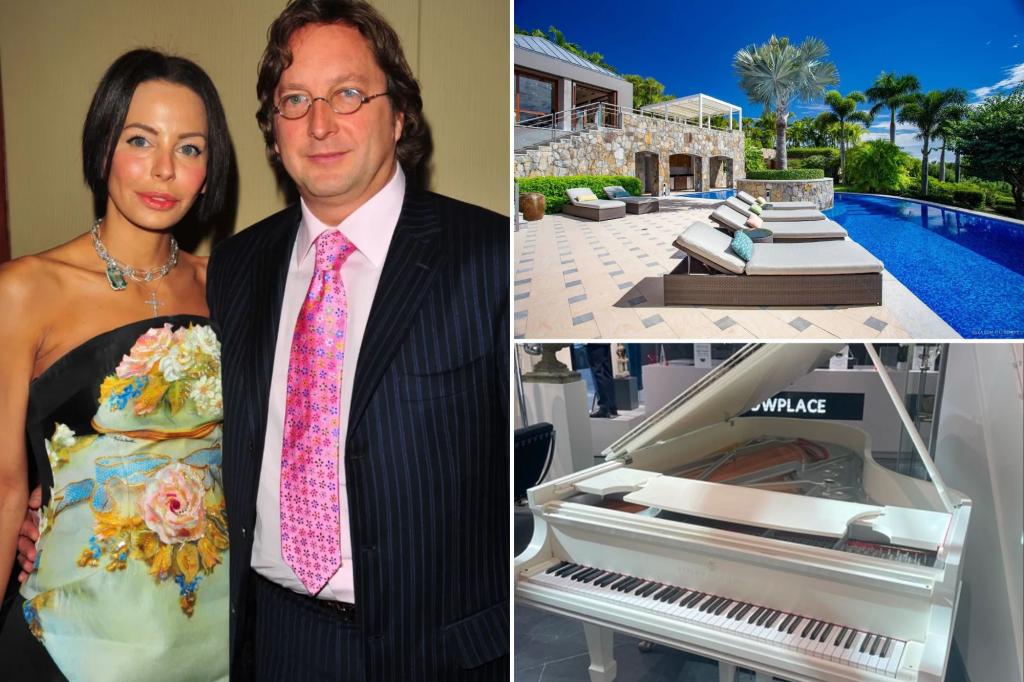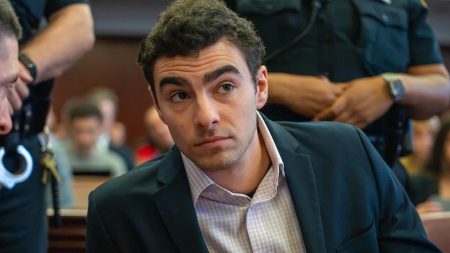The Rise and Fall of Phil Falcone: A Billionaire’s Spectacular Descent
Phil Falcone’s story reads like a cautionary Wall Street fable – a meteoric rise from humble beginnings to extraordinary wealth, followed by a devastating fall that has left him selling off the symbols of his success to stay afloat. Once worth $2 billion and managing $26 billion through his hedge fund Harbinger Capital, Falcone now finds himself in legal battles with pawnbrokers over items he and his wife Lisa Maria put up as collateral. The man who made his fortune betting against subprime mortgages – a real-life version of characters portrayed in “The Big Short” – is now fighting to recover pawned possessions including his wife’s 20.45-carat pink diamond ring from Harry Winston, which he claims is worth $6.3 million. The ring was reportedly sold at a foreclosure auction when Falcone failed to redeem it in time, though he claims the sale was “probably to one of their friends for pennies.” This embarrassing dispute symbolizes how far the former financial titan has fallen from his days of hosting celebrities and making headlines as a philanthropist.
Falcone’s downward spiral began with SEC allegations that he improperly used $113 million of investor funds to pay his personal taxes – a charge he continues to deny, insisting the money came from his own capital account. Nevertheless, the investigation resulted in an $18 million settlement and Falcone being banned from the securities industry for at least five years. This regulatory trouble foreshadowed worse problems to come, as bad investments decimated his company and forced him to pawn valuable artworks to secure a $92.5 million loan in 2013. The pawned collection included masterpieces by Richard Prince, Pablo Picasso, and Damien Hirst. However, court documents allege these same artworks were pledged for two different loans to two different lenders, creating a legal quagmire that remains unresolved. While a judge ruled Falcone should have known better than to use the same assets as collateral twice, he and his lawyer are appealing, arguing the value of the art could have been shared between the lenders. “These guys are professional lenders,” Falcone told The Post. “They entered into this with eyes wide open.”
The public liquidation of the Falcones’ assets tells the story of their financial collapse more eloquently than any balance sheet could. In recent years, they’ve sold their Sagaponack beachfront mansion for $14 million, their St. Barths property for $57 million, and a townhouse on New York’s Upper East Side for $77 million – once the highest-priced residential sale in the city’s history. This particular property, formerly owned by Bob Guccione, had undergone a $10 million renovation featuring luxuries like a dry-cleaning setup in the basement, a bar in one of Lisa’s walk-in closets, and a heated sidewalk to prevent snow accumulation – perhaps a satisfying indulgence for someone who grew up in the frigid climate of Minnesota. Another Upper East Side townhouse went for $27 million, accompanied by what The Post described as a “fire sale” of their furniture. Among the liquidated possessions was a custom white lacquer Steinway grand piano with a sterling silver frame, purchased for $180,000 but sold for just $50,000, and a neoclassical artwork by Merry-Joseph Blondel that sold for $7,500 after being listed at $23,500.
The list of creditors pursuing Falcone has grown embarrassingly long, including a limousine company reportedly owed $34,000, a landlord, and even the law firm that represented him in the SEC case. In 2021, The Wall Street Journal reported that his former attorney had won a $14 million judgment against him, with the lawyer stating that Falcone had made only “modest payments… as a result of our endlessly chasing him.” When confronted about these claims, Falcone maintains, “I’m still dealing with the lawyer, but the others have been settled. It’s been a rollercoaster.” The financial distress became so severe that during a 2020 court appearance, Falcone represented himself, claiming he couldn’t afford legal representation and telling the judge, “I’m behind on virtually every one of my bills. Including my kids’ tuition.” When asked directly if he’s broke, Falcone dismisses the question with financial nuance: “There’s a difference between liquidity and illiquidity.” It’s a striking contrast to the days when the Falcones owned a pot-bellied pig named Wilbur, socialized with celebrities like Alicia Keys and her husband Swizz Beatz, and hosted lavish parties attended by Madonna and Edward Norton.
Before the fall, Philip Falcone lived the quintessential American success story. After graduating from Harvard and playing professional hockey in Sweden for one season, he arrived on Wall Street in 1985, trading junk bonds for a modest $20,000 annual salary. In 1992, he met Lisa Marie Velasquez, a model, and they married in 1997, initially sharing a studio apartment with just an air mattress on the floor. His financial breakthrough came when he founded his hedge fund and made a brilliant $15 billion bet against subprime mortgages just before the market collapsed. This prescient move not only generated enormous wealth but also catapulted him into the financial elite. With their newfound fortune, the couple became prominent philanthropists – Lisa Marie became a major supporter of the Metropolitan Opera and once spontaneously announced a $10 million donation at a Friends of the High Line event. She also ventured into movie production, backing successful films like “Mud” with Matthew McConaughey and “127 Hours” starring James Franco, while boasting to W magazine that she didn’t need the income: “Zero… Everyone knows I don’t have to work.” Meanwhile, Falcone purchased the Minnesota Wild NHL team, another asset he later had to relinquish. “That’s one thing I probably should have held onto,” he reflects with regret. “When I sold it, it had a $300 million valuation. Now they’re saying it’s worth $1.6 billion.”
Despite his spectacular fall from grace, Falcone maintains an optimistic outlook and insists that his story is far from over. “People say I’ve fallen on hard times. I don’t even know what the hell that means. It’s not like I am having chemotherapy for God’s sake,” he told The Post defiantly. “I’m happy and thriving. I came from nothing. I lost a little bit of money. People say I am sitting on death’s door and I’m not. Not even close.” His confidence might seem misplaced given the headlines like “How to lose $2 billion in 10 years” that document his decline, but Falcone’s resilience reflects the same audacity that propelled him to such heights in the first place. Having once conquered Wall Street with a contrarian bet that paid off spectacularly, perhaps he believes he can do it again. After all, as he points out, to lose $2 billion, you need to make it first – and few have demonstrated the ability to do either quite like Phil Falcone. Whether his story ultimately becomes one of remarkable redemption or serves as a cautionary tale of hubris in high finance remains to be seen, but the former billionaire insists we haven’t seen the last chapter yet.











